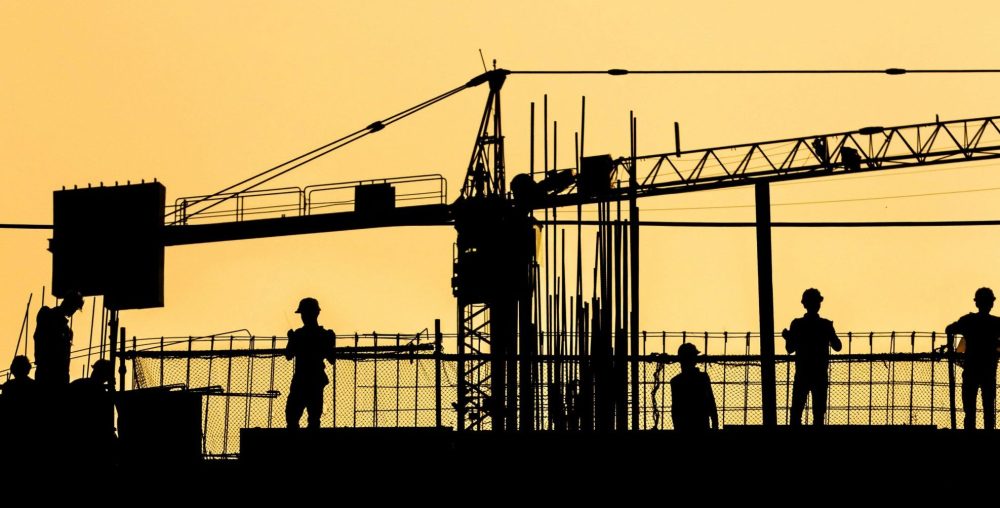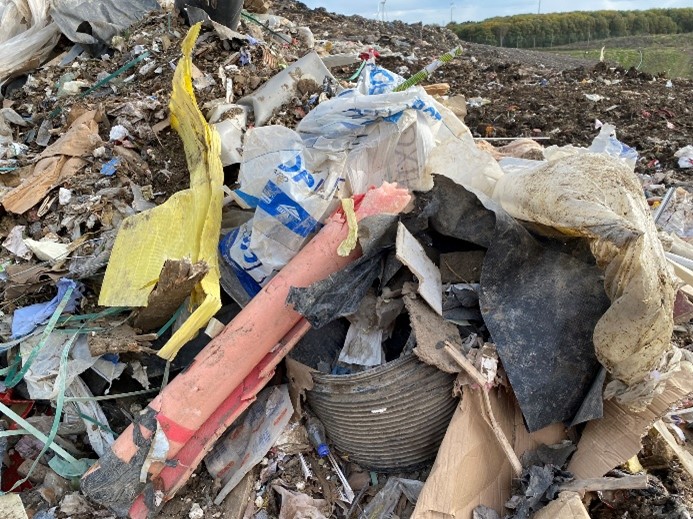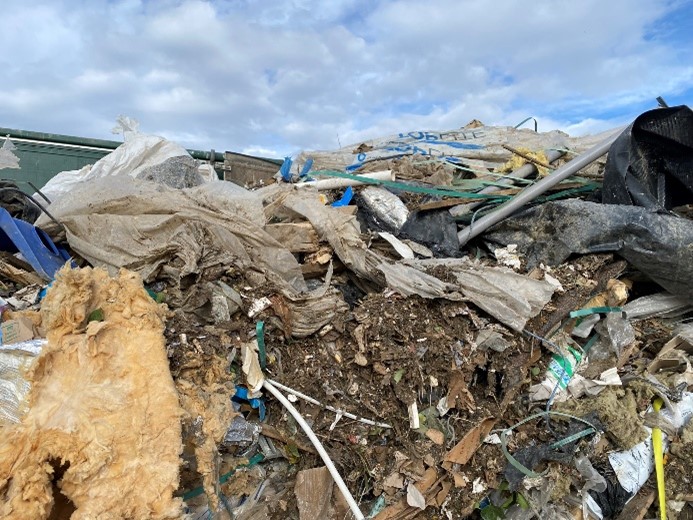Circular Economy and Me – Issue 20

Tackling non-mineral, non-municipal construction waste through research and stakeholder engagement by Dr Swathi Mukundan
Introduction
Discussions on sustainability often focus on household recycling and plastic waste reduction, yet non-mineral, non-municipal construction and demolition (C&D) waste remains a significant but frequently overlooked challenge. This type of waste includes leftover wood from demolished structures, discarded insulation, plastics, adhesives, and composite materials, all requiring careful handling and repurposing to minimise the environmental impact. Despite advances in waste reduction, millions of tonnes of valuable construction materials continue to be landfilled or incinerated due to inefficient sorting, inadequate infrastructure, regulatory shortcomings, and lack of decision-making.
In 2019, the UK generated over 62.3 million tonnes of C&D waste, with 4 million tonnes classified as non-mineral residual waste, most of which was discarded rather than recovered. This research, conducted by our team, including myself, Prof Jin Xuan, and Dr Lucy Elphick from the University of Surrey, as well as Dr Jonathan Wagner from Loughborough University, focuses on the barriers preventing effective sorting and recycling by exploring policy constraints, industry practices, technological limitations, and behavioural factors. Through stakeholder interviews, data analysis, and site visits, it aims to generate policy recommendations to support improved waste management and a more circular construction economy.


Images captured during a landfill site visit, illustrating various types of construction waste.
The challenge: Why non-mineral, non-municipal C&D waste needs attention
While municipal waste benefits from established recycling programs and policy-driven incentives, non-mineral C&D waste is often neglected due to several key factors:
- Lack of sorting at the source: Many construction sites do not efficiently separate non-mineral waste, leading to mixed waste streams that are difficult to process.
- Limited recycling infrastructure: Unlike mineral-based C&D waste (e.g., concrete, bricks, and stones), non-mineral waste (e.g. plastics, insulation materials, mattresses, and treated wood) lacks dedicated recycling pathways.
- Complex waste classification: The European Waste Catalogue (EWC) system groups diverse materials under broad categories, making tracking and managing specific waste streams challenging.
- Economic and logistical barriers: On-site sorting requires additional labour and costs, making it more convenient for companies to dispose of mixed waste rather than invest in separation and recycling.
These factors lead to significant amounts of recoverable materials being wasted, preventing the construction sector from achieving a truly circular waste management system.
Research focus: stakeholder engagement
To better understand the systemic issues surrounding non-mineral, non-municipal C&D waste, this research engages with key industry stakeholders, including:
- Policy and regulatory bodies such as DEFRA (Department for Environment, Food & Rural Affairs) and the Environment Agency (EA) to assess regulatory barriers and enforcement challenges.
- Waste producers (construction and demolition companies) to understand why waste is not sorted at the source and what incentives could encourage better practices.
- Waste handlers and transfer stations to investigate how mixed C&D waste is processed before disposal.
- Landfill site operators to explore why certain materials continue to be discarded instead of repurposed or recycled.
The findings will contribute to a policy-focused report and an academic journal article to support sustainable advancements in non-mineral C&D waste management.
Next Steps: Driving Impact in the Circular Economy
Transitioning to a circular economy for non-mineral, non-municipal C&D waste requires cross-sector collaboration, from policymakers and industry leaders to waste processors and landfill operators. The outcomes from this research will be used to advise stakeholders to reduce waste and landfill, lower carbon emissions, and improve recycling rates and material recovery.